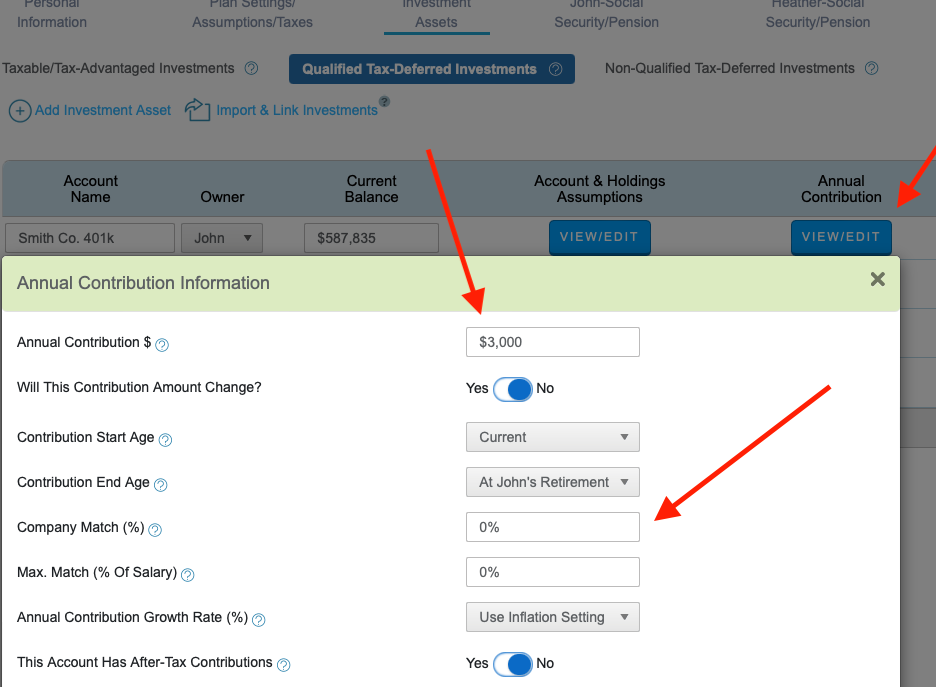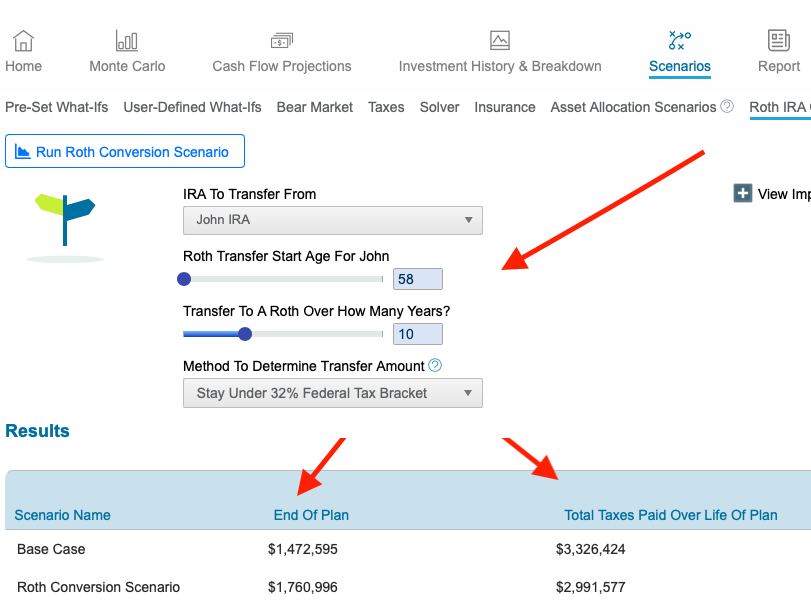Key Points
- Staying on top of annual contribution changes is important to maximize your retirement savings.
- There are multiple benefits to participating in your company sponsored retirement plan.
- Donating to charitable organizations can help lower your taxable income.
Every year the Internal Revenue Service (IRS) makes changes to the contribution limits for qualified retirement plans. The IRS takes a variety of factors into consideration when changing these limits, but the two main driving factors are Inflation and Cost of Living. Unsurprisingly, the IRS has announced that the contribution limits for employee retirement plans and other retirement accounts will be higher than previous years.
It is important to stay up to date on these changes annually so that you can review and adjust your budget to ensure you are maximizing your retirement saving efforts.
401(k) Plans
The contribution limit for 401(k) plans, including 401(B) and most 457 plans, have increased to $23,000 from $22,500. The catch-up contribution limit for those above the age of 50 remains the same at $7,500, for a total contribution of $30,500 in 2024.
If you are not yet utilizing your employer sponsored retirement plan, now is a great time to start. There are multiple benefits including tax breaks, employer matches, the high contribution limits listed above, along with the catch-up contributions starting at age 50. If you are currently contributing to your employee retirement plan but you are not sure what your contributions are or how to adjust for 2024, contact your company’s human resources team or benefits specialist.
You can make updates to your 401k contribution in the WealthTrace Planner and specify whether your company is matching your contribution, change the contribution amount or apply an annual contribution growth rate as shown in the screenshot below. You can sign up for a free trial of WealthTrace and start your retirement plan today.

With WealthTrace you can accurately model 401(k) contributions along with employer matching and after-tax contributions.
Individual Retirement Accounts (IRA’s) and Roth IRA’s
The contribution limit for IRA plans (including Roth IRA’s) increased to $7,000 from $6,500. The IRS catch-up contribution limit for those over the age of 50 was amended under the SECURE 2.0 Act of 2022 to include an annual cost-of-living adjustment and remains $1,000 for 2024. The IRA contribution limits are the combined limit for both traditional IRAs and Roth IRAs.
It is important to note that the IRS does not limit how much you can contribute to a traditional IRA based on how much you earn. Instead, phase-out ranges determine how much of your contribution you can claim for a full tax deduction if one person in a marriage is covered by a workplace retirement plan. These are the phase-out ranges for 2024 as listed on IRS Notice 2023-75:
- For single taxpayers covered by a workplace retirement plan, the phase-out range is increased to between $77,000 and $87,000, up from between $73,000 and $83,000.
- For married couples filing jointly, if the spouse making the IRA contribution is covered by a workplace retirement plan, the phase-out range is increased to between $123,000 and $143,000, up from between $116,000 and $136,000.
- For an IRA contributor who is not covered by a workplace retirement plan and is married to someone who is covered, the phase-out range is increased to between $230,000 and $240,000, up from between $218,000 and $228,000.
- For a married individual filing a separate return who is covered by a workplace retirement plan, the phase-out range is not subject to an annual cost-of-living adjustment and remains between $0 and $10,000.
Unlike traditional IRAs, how much you can contribute to a Roth IRA is dictated by your income, specifically your household’s modified adjusted gross income (MAGI). Depending on your tax filing status and your MAGI, you are either eligible to contribute to your Roth IRA up to the IRA maximum, only a partial amount or nothing at all. These are the Roth IRA phase-out ranges for 2024 as listed on IRS Notice 2023-75:
- The income phase-out range for taxpayers making contributions to a Roth IRA is increased to between $146,000 and $161,000 for singles and heads of household, up from between $138,000 and $153,000.
- For married couples filing jointly, the income phase-out range is increased to between $230,000 and $240,000, up from between $218,000 and $228,000.
- The phase-out range for a married individual filing a separate return who makes contributions to a Roth IRA is not subject to an annual cost-of-living adjustment and remains between $0 and $10,000.
Roth IRA conversions have been a hot topic lately in the financial world, and more and more people are considering converting their traditional IRA’s over to Roth IRA’s to reduce their taxable income in retirement. You can run Roth Conversion Scenarios in WealthTrace to see if this would benefit your retirement plan. The software will specify just how much, and when, to convert your IRA to get the most benefit. You can select when and for how long you want to convert your IRA, and which tax bracket you want to stay under.
In the scenario below, we can deduce that converting this person's IRA to a Roth IRA over a 10-year period makes sense as it reduced his overall taxes paid and resulted in a larger projected balance at the end of the retirement plan.

Run powerful and accurate Roth conversion scenarios in WealthTrace. Specify that you want to stay under a certain tax bracket and have the program tell you how much to convert.
SIMPLE IRAs
The contribution limit for SIMPLE retirement accounts increased to $16,000 from $15,000. The catch-up contribution limit for employees 50 and over who participate in SIMPLE plans remains the same at $3,500 for 2024.
Charitable Contributions
For 2024, the deductible limit on charitable contributions increased to $105,000 from $100,000. It is worth noting that to receive a tax deduction on your charitable contribution, the charity generally must be recognized by the IRS. You can check if an organization you wish to donate to qualifies by clicking here.
There are many benefits to making charitable contributions, the main one being that it lowers your taxable income. Cash contributions in 2024 can make up 60% of your Adjusted Gross Income (AGI), and the contribution limit for appreciated assets, including stock, is 30%. If your charitable contribution exceeds the limit that you can claim in that tax year, you have the option to carryover the deduction from your tax return over the next five years, or until they are gone.
The Bottom Line
Staying up to date on these contribution limits, and taking advantage of the benefits of retirement savings accounts, is important regardless of what stage of retirement planning you are in. Don’t forget to update your financial plan in WealthTrace to make the most of the software’s accurate projections.
Are you doing all you can for a secure retirement? To find out, sign up for a free trial of WealthTrace and build your retirement plan today.